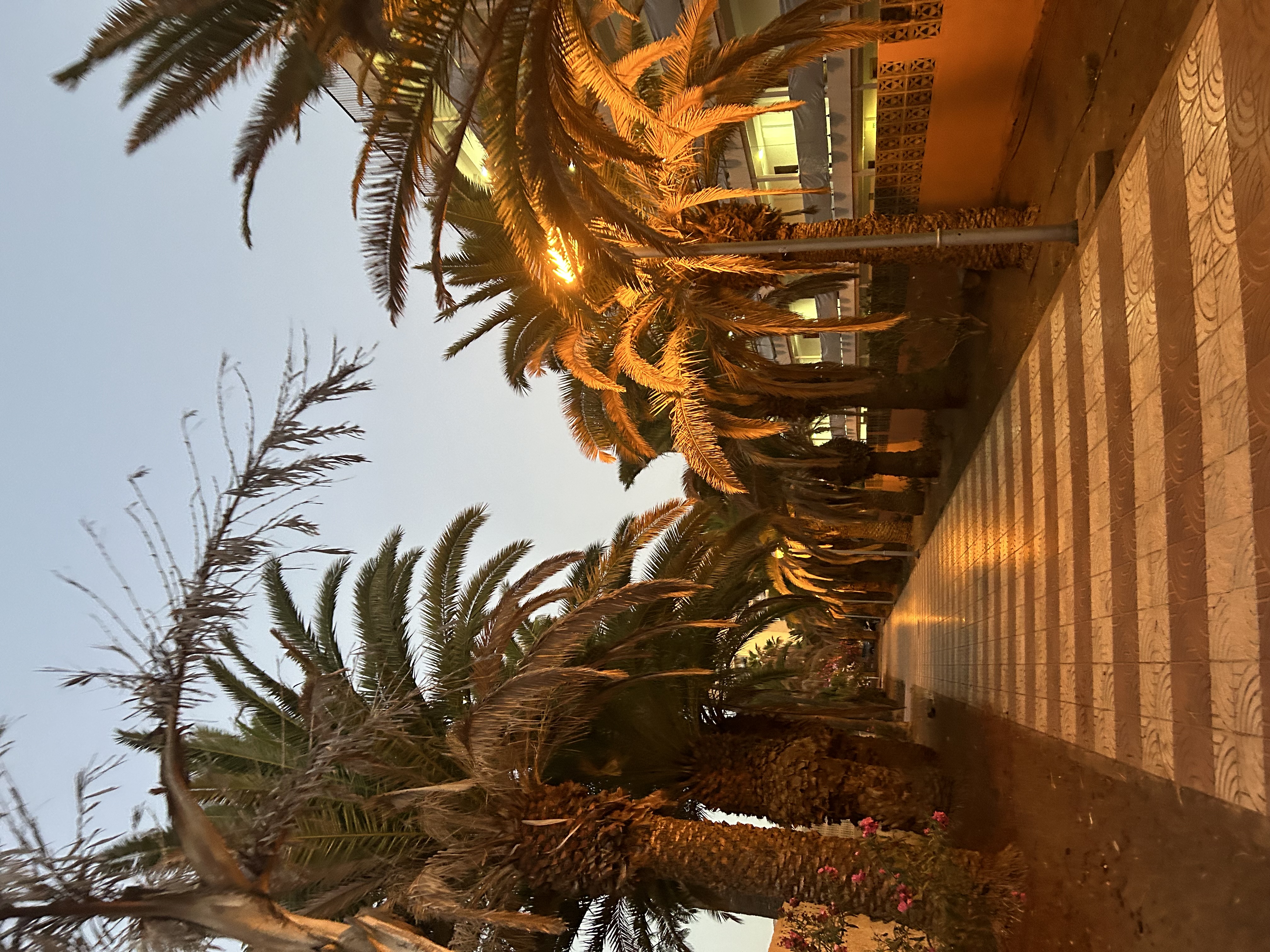Biology paper 1- Things im unsure on
Cards (158)
- Metabolism
- What is glucose converted to during anaerobic respiration in animals?
- word equation for anaerobic respiration in plants and fungi
- word equation for anaerobic respiration in animals
- Which type of respiration leads to the build up of lactic acid, aerobic or anaerobic?
- Which organ in the body removes the lactic acid from the blood.
- Name the chamber A on the diagram belowA)
- What does a valve do?
- Why does the left ventricle have thicker walls?
- Which blood vessel carries deoxygenated blood from the heart to the lungs?
- Journey of blood around the body
- Which blood vessel carries oxygenated blood from the heart to the body?
- Pacemaker cells are found in which chamber of the heart?
- Arteries
- Veins
- coronary arteries
- Capillaries
- nutrients that are exchanged between the blood in the capillaries and the body tissues
- waste products that are exchanged between the blood in the capillaries, and the body tissues
- tumour
- Which cancer does BRCA increase the risk of?
- Plant cell organisation- Which structures help to minimise water loss?
- What is meristem tissue and where is it found?
- What do we call the movement of cell sap (a mixture of sugar and water) up and down the plant?
- Phloem cells have _________ in their end walls to allow cell sap to pass along the phloem tube.
- What does the xylem transport in a plant?
- How do root hair cells absorb mineral ions from the soil?
- Which substance are xylem cells reinforced with to make them stronger?
- Why does the rate of transpiration increase if the light intensity is increased?
- What is the movement of sugars throughout a plant called?
- Water passes up the plant via the:
